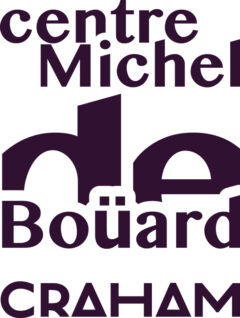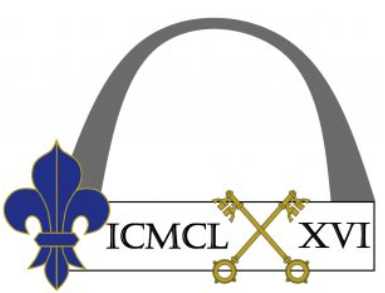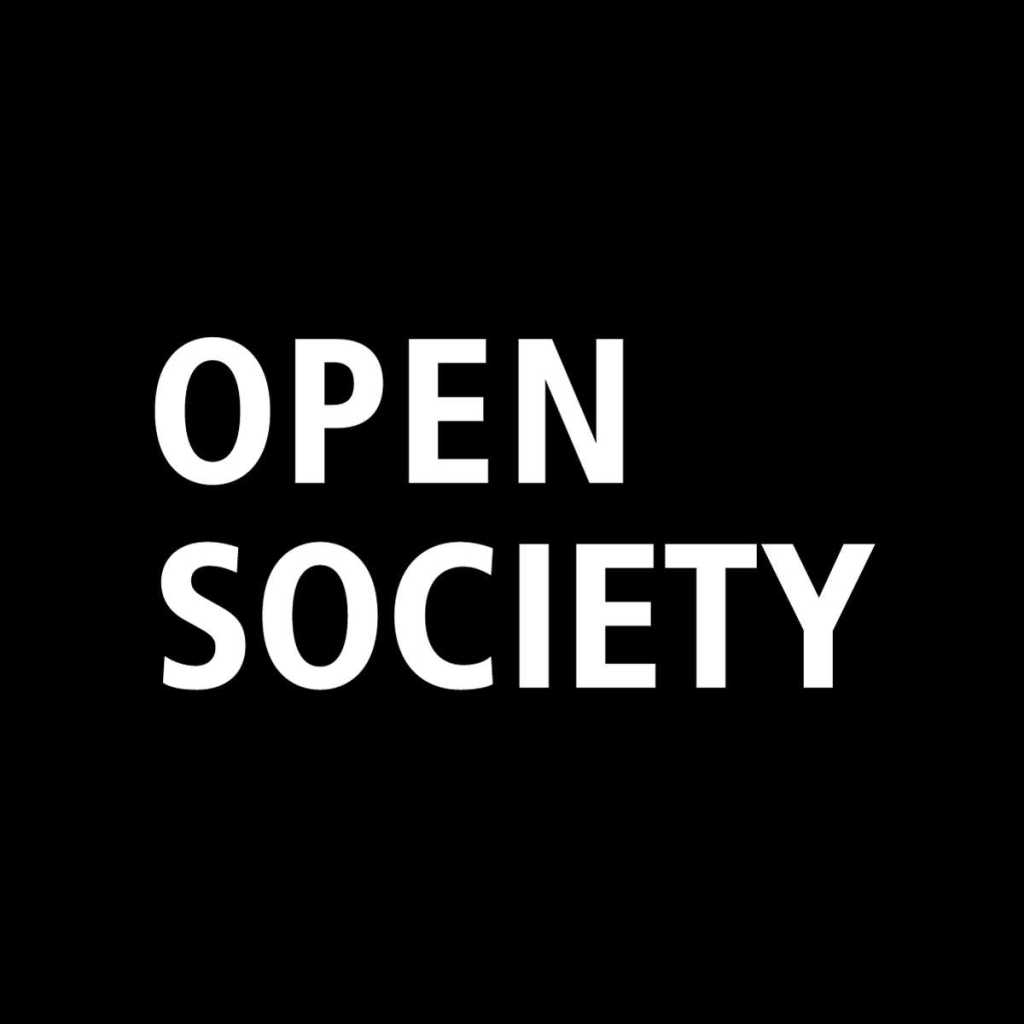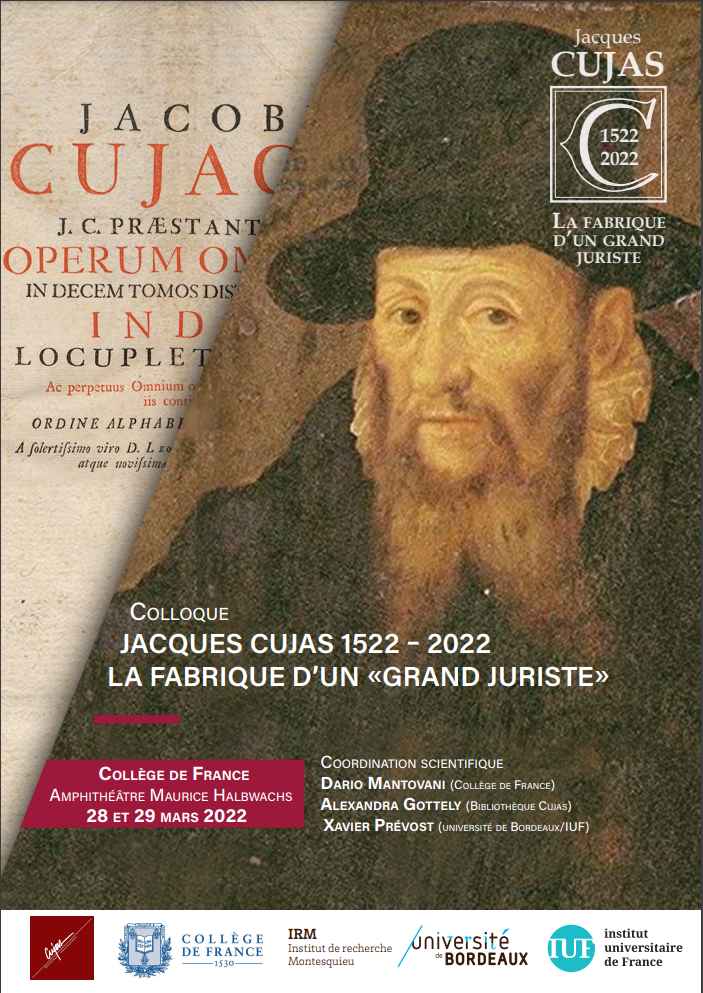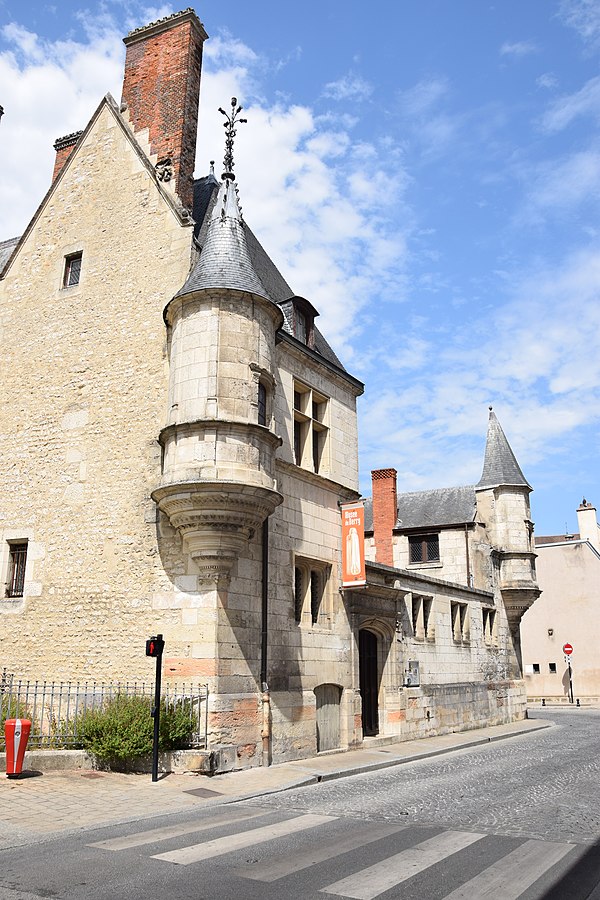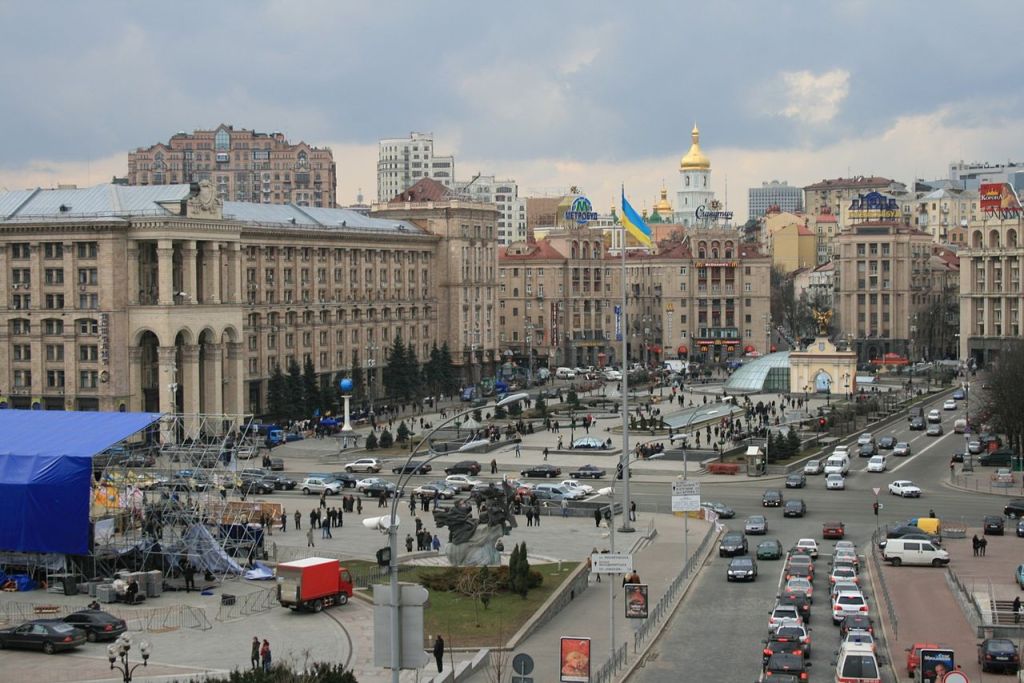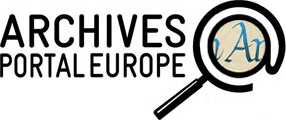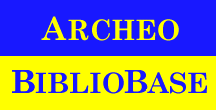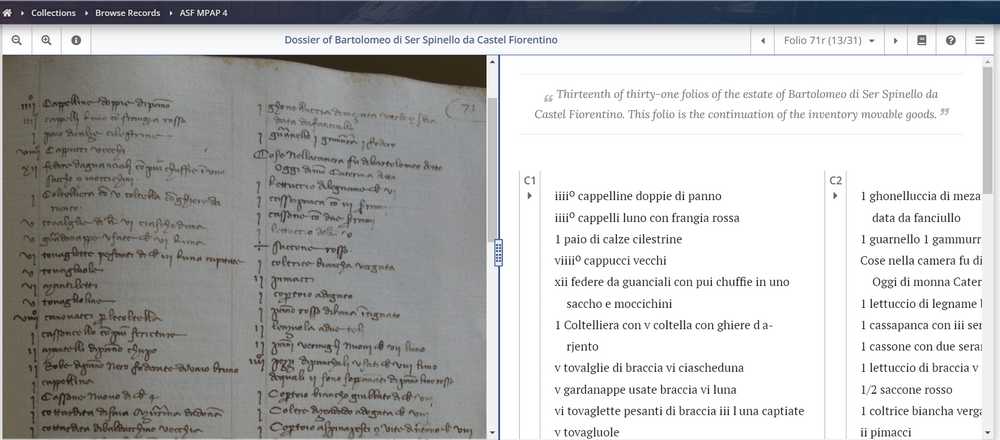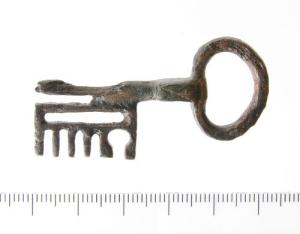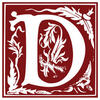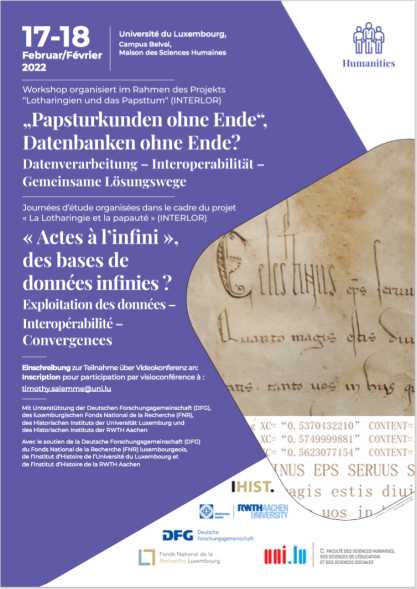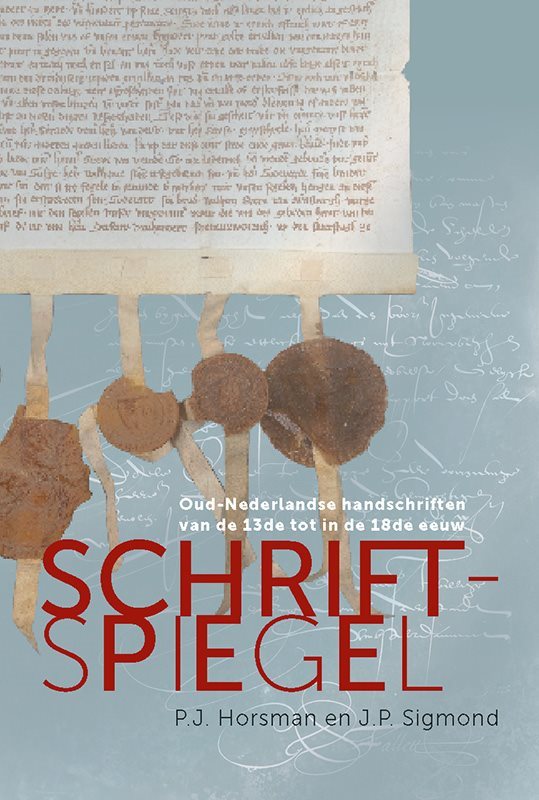
This month at long last the third edition appeared of a renown manual for Dutch palaeography from 1300 to the mid-eighteenth century by Peter Horsman and Peter Sigmond, Schriftspiegel. Oud-Nederlandse handschriften van de 13de tot in de 18de eeuw (3rd edition, Hilversum, 2022). For at least ten years no new manual of its kind had been published in the Netherlands and Belgium, and thus I was immediately curious about this revised edition, announced last year but printed and published only now. Which differences can be found between the last and this edition? What are its qualities, and where can one wish for more? Recently reading old scripts has developed for me a new dimension making me more aware of things to be expected in guidance when reading old archival records.
Both authors of the new Schriftspiegel [Mirror of scripts] are well known for their achievements. Peter Horsman worked as an archivist at the Dordrecht archives and taught at the Archiefschool and the Universiteit van Amsterdam. Historian Peter Sigmond taught at the former Rijksarchiefschool and ended his professional career as head of collections at the Rijksmuseum. As a specialist of maritime history he taught also cultural history at the Universiteit van Amsterdam. Thus it is only natural their manual shows a bit more examples of records from the Regionaal Archief Dordrecht and on maritime history than you would expect otherwise, and these are valuable elements of this book.
The use of calligraphy books in this manual attracted my attention so much that I decided to look at some length at this subject. The paragraph on Early Modern Dutch calligraphy follows directly after my review of the new Schriftspiegel which takes its name from a seventeenth-century namesake.
Safe guidance to old scripts
I was really anxious about the way Horsman and Sigmond would introduce old scripts in this edition. They opt for a rather concise introduction aiming at clarity for novice readers, and rightly so. It is wonderful how they use the calligraphy of scripts in two early sixteenth-century manuals, among them the Spieghel der schrijfkonste (…) by Jan van de Velde (Amsterdam 1608) as a key element to familiarize readers with examples of Dutch scripts. They did not forget to include also examples of scripts closer to Germany. Some texts are even written in German. The choice of further literature is very good, even if it a bit strange to find a number of manuals dealing with both Dutch palaeography and Early Modern archival records under the heading Taal en tekstverklaring [Language and textual interpretation]. Four examples of online manuals for Dutch palaeography are mentioned, three of them without the actual URL. Among the books on Dutch chronology the authors have not added the concise work by C.C. de Glopper-Zuiderland, In tijd gemeten. Inleiding tot de chronologie (Den Haag 1999). However, I did not really know about P.G.J. Sterkenburg, Een glossarium van zeventiende-eeuws Nederlands (3rd impr., The Hague, 1981), mentioned as available also online, but this book has not been digitized for the Digitale Bibliotheek der Nederlandse Letteren nor at Delpher incidentally. Some fact checking and editorial control would have helped to avoid such glitches and the impression both authors belong to an older generation.
In my view the best part of the introduction is the very good presentation of letter forms and the development of letters. Using color photographs of documents takes this certainly to a new level. The four pages on abbreviations are pretty good, although the typography could have been clearer. Here, too, the column with colorful examples redeems this easily, although using at some points a black or grey font on a blue background is not ideal. A list of often encountered abbreviations would have been most welcome.
The variety of Dutch scripts and archival records
Of course attention should now rapidly go to the 134 examples of Dutch scripts shown in this book, going from 1279 to 1753. The authors want to show texts in Dutch, and medieval texts in Latin have not been included at all. No. 100 from 1645 is in German. There are just two texts from the late thirteenth century, twelve from the fourteenth century, and seventeen from the fifteenth century. The sixteenth century is presented with 40 examples, and for the seventeenth century 55 texts and images are shown. By the way, for some longer texts two images are shown, always accompanied by transcriptions on the left page. The eighteenth century figures with just eight examples up to 1753, an addition to the edition Zutphen 1986 which ended in 1700. As in earlier editions you can find an explanation where to start in growing order of difficulty, going from the eighteenth century to the Middle Ages.
The choice and numbering of items has changed at a few points. A rather visible oddity are some dubious references. Take the very first item, a charter from 1279, “Stadsarchief Breda, VZ0010, inv.nr. 582”. The city archive in Breda has two collections with miscellaneous additions called Varia. This reference points to collection Varia 1; compare “V-1, collectie varia” in the edition 1986. The reference to item no. 133 is simply incomplete: With “Oud-Rechterlijk Archief Haarlem, inventarisnummer 3111” they do not indicate the inventory number, this is lacking. Haarlem, Noord-Hollands Archief, 3111, Oud-Rechterlijke Archief Haarlem, inv.no. …” would be correct. It is a nice challenge to find the correct item number in the inventory, probably no. 780 (accounts, 1748).
You might guess correctly Tresoar is located at Leeuwarden which you could mistake easily for the Leeuwarden city archives, the Historisch Centrum Leeuwarden. The two locations of the Historisch Centrum Overijssel in Zwolle and Deventer are not sufficiently indicated, too. Two former professors at the Dutch school for archivists should realize adding the location is not just a wish or a whim, but a necessary element in a transcription. Such infelicities should not hide the fact the authors have chosen documents from a wide range of Dutch archives, not only from the Nationaal Archief, The Hague and the provincial capitals, but also from other city and regional archives. Only Brabant and Limburg could have been presented with more items from regional archives.
In a book written by a specialist of Dutch maritime history you will be happy to see for instance a ship journal kept by Michiel Adriaansz. de Ruyter, in document no. 95 from 1633 still a young chief mate. With a view to the large overseas trade and the Dutch colonial empire some attention to Dutch connections with other countries outside Europe is only natural. As no. 90 you see the famous letter about the transaction bringing ownership of Manhattan to the Dutch in 1626. For example, no. 128 from 1703 is an attestation with the views of a Dutch woman about de swarten, “the blacks” in India. No. 123 is a document about paying ransoms for Dutch slaves in Morocco in 1687, and no. 134 from 1753 tells you about slaves in the Cape colony.
Is there any comparable manual for Dutch palaeography? The only serious competitor to this manual was published thirty years ago, the Album palaeographicum XVIII Neerlandicarum. Paleografisch album van Nederland, België, Luxemburg en Frankrijk, edited by R. Baetens, C. Dekker and S. Maarschalkerweerd-Dechamps (Turnhout-Utrecht 1992) which includes also medieval documents from the tenth century onwards and documents written in Latin, Dutch, French and German. Its introduction is given in Dutch and French. It reminds me about the very real need for people not fluent in Dutch all over the world for a concise introduction in English. Horsman’s and Sigmond’s introduction deserves an English translation.
The length and details of this post should be a sure indication I think this book deserves both close inspection and a warm welcome! The strength of this manual was and remains the choice of a splendidly wide variety of documents, not in the least for those documents touching on legal history. The authors have listed them conveniently. For example, the range of document types for notarial acts is very large. Horsman and Sigmond rightly refer for more on this subject to A.F. Gehlen’s guide Notariële akten uit de 17de en 18de eeuw. Handleiding voor gebruikers (Zutphen 1986). The glossary of terms and old words brings you many words with a legal nature, a feature of earlier editions, too. Each item in the manual is given with a short and helpful introduction. The way letter forms are explained is the most salient visual change as are the color photographs, and also the format is slightly larger. I expected the highest possible quality of this new edition of a classic work for doing Dutch history, certainly when you realize it was prepared during a period with lockdowns. Surely I agree this new edition improves on the second edition.
Ironically, some things I applaud here were the very points criticized by J.L. van der Gouw in his review for the Tijdschrift voor Geschiedenis 98 (1985) 414-415 of the first edition (Zutphen 1984). His prophecy that things helping amateurs and students would make them lazy is alluring, but I honestly think good guidance is not amiss when starting and long afterwards. You might almost think Horsman and Sigmond as a small revenge did not give the publication year of the third edition of Van der Gouw’s Oud schrift in Nederland (Alphen aan de Rijn, 1980).
Since July 2022 I work at the Regionaal Archief Zuid-Utrecht, Wijk bij Duurstede. Among other tasks I will help volunteers with transcribing archival records, an important recent tradition of this regional archive. Both my young and senior colleagues rightly greeted the new edition of the Schriftspiegel with enthusiasm as a valuable and serviceable manual for newcomers to old Dutch scripts, professionals and even the general public.
P.J. Horsman and J.P. Sigmond, Schriftspiegel. Oud-Nederlandse handschriften van de 13de tot in de 18de eeuw (3rd edition, Hilversum: Verloren, 2022; 296 pp.; ISBN 9789087049607).
A bibliographical excursion on Dutch Early Modern calligraphy

Using calligraphy as a start and only almost as an afterthought actual archival records is sound for a didactic purpose, going thus from the easy and recognizable to more common and even ugly scripts you encounter in actual research. I thought it would be helpful to guide you here to a digital copy of the marvellous Spieghel der schrijfkonste by Jan van der Velde, and this led me to a discovery I would have liked to avoid. I wonder very much why the authors made the mistake to state the Rijksmuseum copy shown in their manual was printed at Amsterdam in 1608. The library catalogue clearly shows as location and date of printing Rotterdam 1605, published in three parts. The Universal Short Tile Catalogue (USTC) does not mention this copy (no. 1028389). The three editions mentioned in the USTC have all derived printing locations, dates and printers.
The only digital copy I found at Umeå Universitet of this edition shows only two parts from 1605 (part I, scripts, 75 pp., and part III, scripts, 147 pp.). When you check the Short Title Catalogue Netherlands (STCN) for no. 833360815 it becomes clear the Rijksmuseum has taken its information from three separate STCN items for its library catalogue entry, but in its turn the STCN shows clearly the Rijksmuseum has several copies of this beautiful work, not only the one stemming from the Koninklijk Oudheidkundig Genootschap. Luckily the value of the introduction does not mar other qualities of the new Schriftspiegel, but a bit more carefulness with the very book the authors took as one of their models would have been right. Dealing with a book without a clear location and printing date – and changing titles! – is a difficult matter, in particular for a multi-volume set like this one. In addition this work has also been translated soon, another thing to complicate matters to be investigated. I will not try to solve these bibliographical questions here entirely, but just wanting to give you a link to a digitized version led me to this addendum.
Let’s end here with sending those interested in seventeenth-century calligraphy to the fine commented list of (digitized) works at Penna Volans. This particular Van de Velde edition does not figure in it with a link to a digital version, only for its title page. However, the Allard Pierson at Amsterdam, the combined special collections and university museum of the Universiteit van Amsterdam, put images of it online at Flickr among their calligraphy albums, alas with few meta-data, thus leaving you in the dark which of their three copies they used.
Horsman and Sigmond also give some examples from Cornelis Dirckz. Boissens’ Exemplaren van veelderhande nederlantsche gheschriften (…) (Amsterdam 1617), and here, too, you face the challenge of finding a copy at all. The STCN nor the USTC does mention it. The Karlsruher Virtueller Katalog lists copies at the Staatliche Museen in Berlin [Kunstbibliothek, OS 5016 quer] and the Bibliothèque nationale universitaire at Strasbourg. The Berlin catalogue clearly indicated the place of printing and date have been inferred, and adds question marks. It leaves me wondering a bit what book the authors really saw. In view of its rarity and the changing titles of editions a clear reference to the copy used is simply necessary. These Early Modern calligraphy books remain a feast for the eye and a bibliographical challenge.
A postscript
The Noord-Hollands Archief in Haarlem has digitized its copies of several calligraphy books created by Jan van de Velde (1568-1623), among them its copy of the Spieghel der Schrijfkonste, dated 1605 (part I, signature 185 H 22:1).


